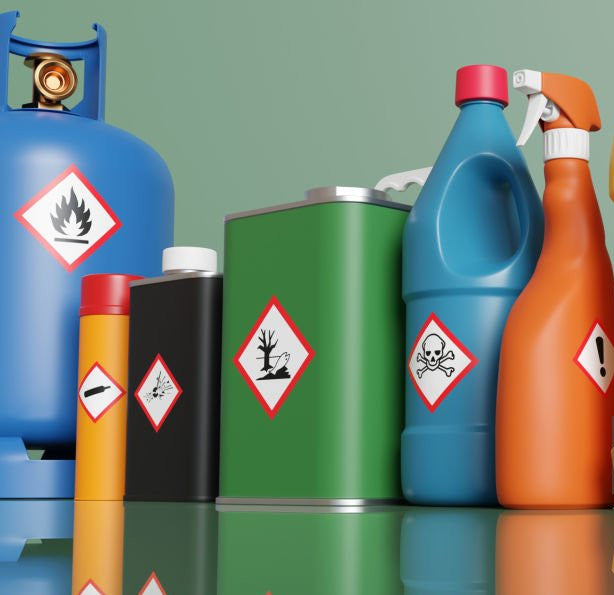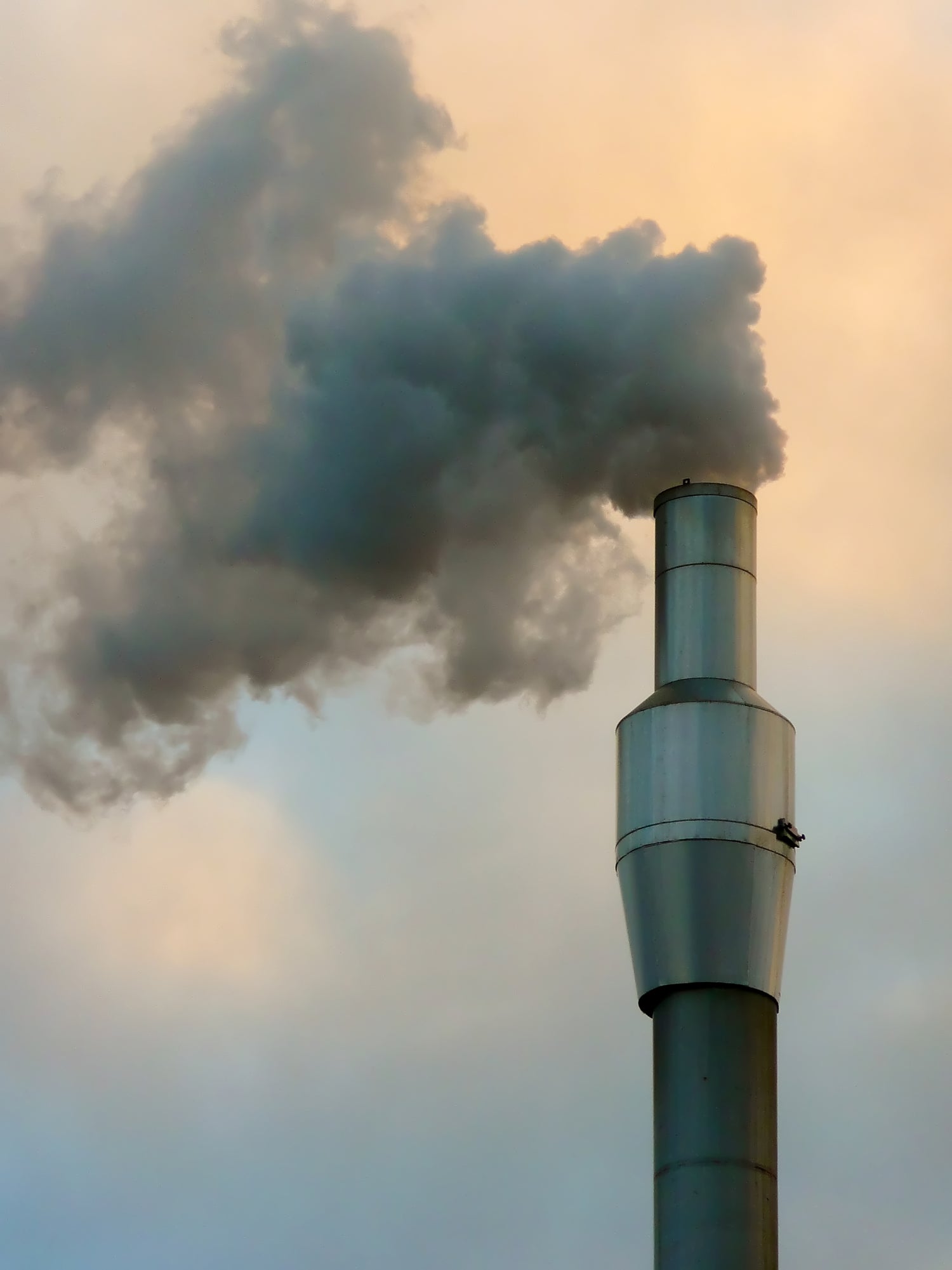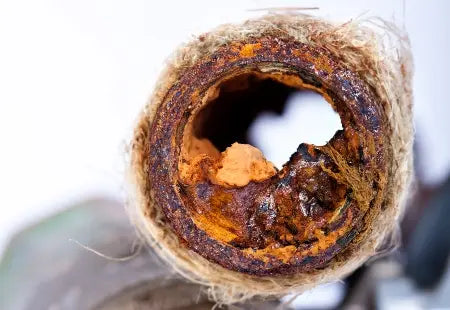
Pharmaceutical residues
Pharmaceutical residues, including those from drugs such as antibiotics, hormones, and painkillers, are increasingly present in tap water. These contaminants enter water supplies primarily through human excretion and improper disposal of drugs, which wastewater treatment plants may not completely remove. The presence of pharmaceuticals in drinking water raises concerns about long-term exposure, even at low concentrations. Antibiotic residues can contribute to the development of antibiotic-resistant bacteria, which poses a significant threat to public health. Hormonal residues, such as those from birth control pills, can disrupt the endocrine system, which can affect reproductive health and development. The cumulative impact of these substances, particularly with prolonged exposure, is still being studied, but the potential for adverse health effects, particularly in sensitive populations such as pregnant women and children, is a growing concern. This highlights the need for improved water treatment technologies and responsible drug disposal practices.

Chemical contaminants
Tap water can contain a variety of chemical contaminants, such as chlorine, lead, and pesticides. Chlorine, used as a disinfectant, can react with organic matter to form potentially harmful byproducts. Lead, often found in older pipes, is a serious problem, especially for children, as it can cause developmental problems. Pesticides can leach into groundwater and contaminate water supplies. While there are regulations to limit these chemicals, low levels of exposure over time can pose health risks, especially for vulnerable populations such as pregnant women and children.

Industrial pollutants
Industrial activities can introduce pollutants such as heavy metals (e.g., mercury, cadmium), volatile organic compounds (VOCs), and pharmaceuticals into water sources. These pollutants can enter tap water through runoff or discharge from factories. Chronic exposure to industrial pollutants, even at low concentrations, can lead to serious health problems, including cancer, liver and kidney damage, and reproductive problems. Although water treatment plants aim to remove these contaminants, some may still be present, raising concerns about long-term exposure.

Aging infrastructure
Aging water infrastructure, including pipes and treatment facilities, can contribute to tap water contamination. Corroded pipes can leach lead or other harmful metals into the water, while outdated treatment plants may be less effective at removing modern contaminants. Breaks and leaks in aging systems can also introduce external pollutants into the water supply. The Flint water crisis highlighted the dangers of neglecting infrastructure maintenance, demonstrating the significant health risks associated with deteriorating water systems.
